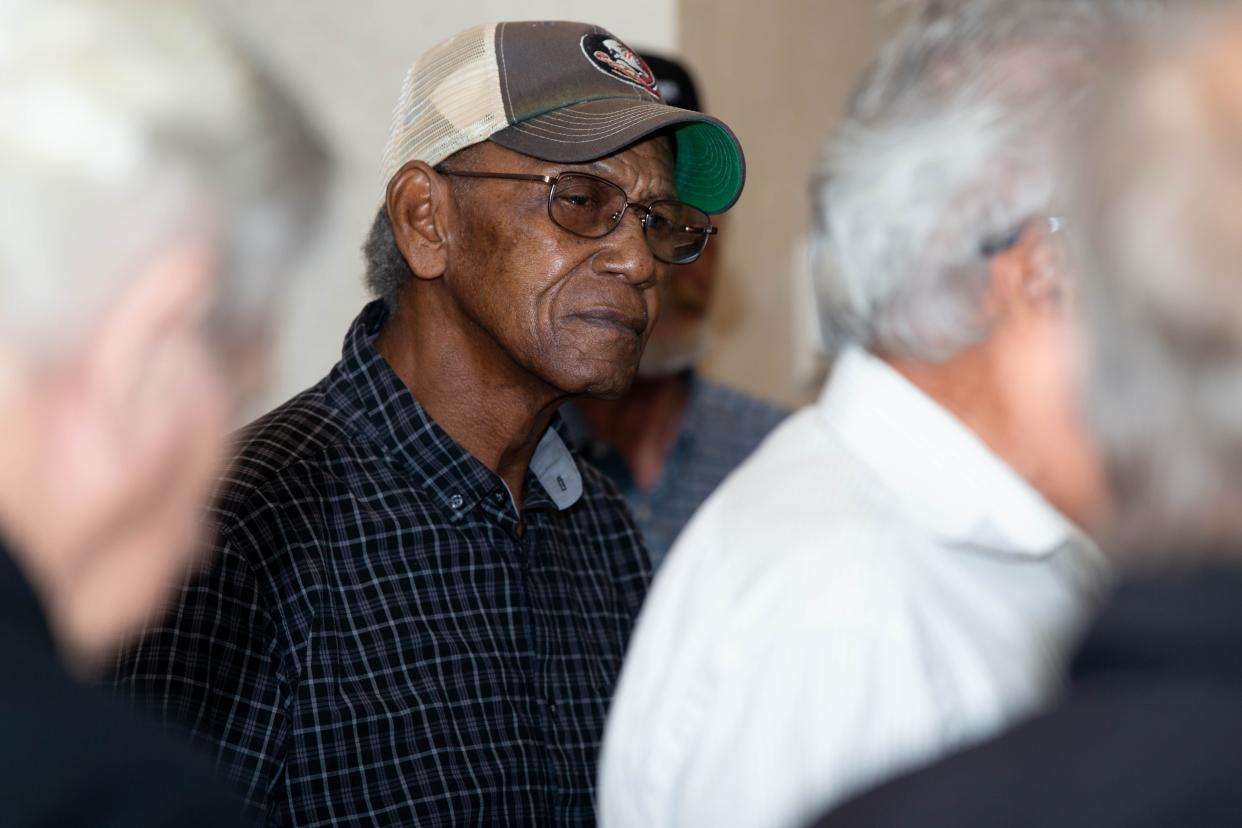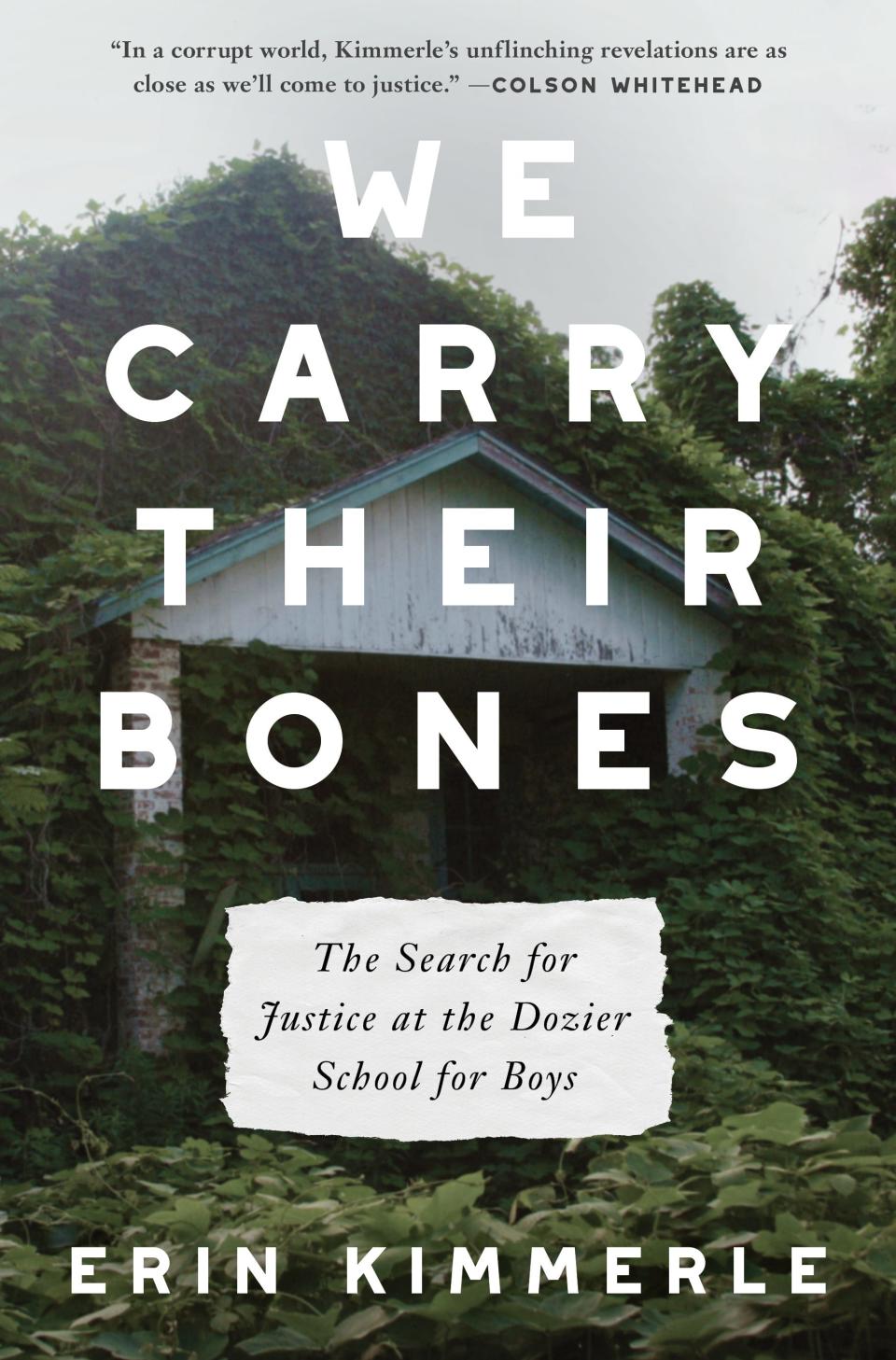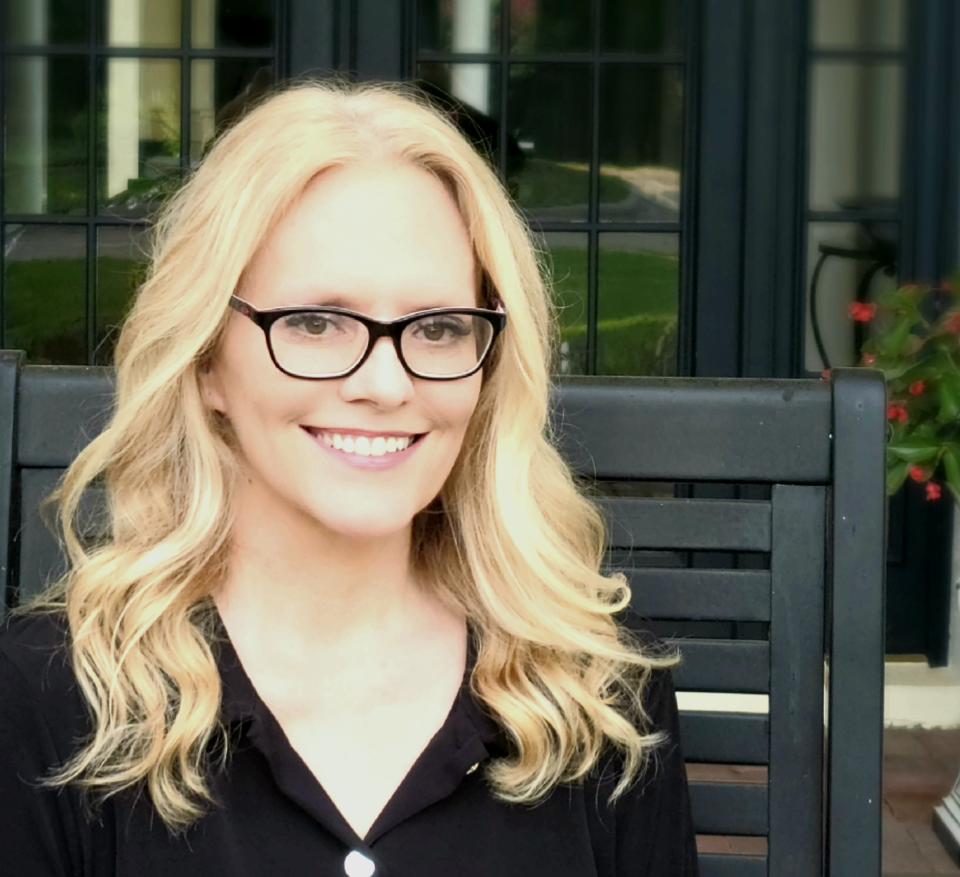Digging up a nightmare of “throwaway” boys | Opinion

The scientific sleuth who forced Florida to look at the violent abuse and death of boys locked up at the infamous juvenile prison near Marianna has just published a chilling book about her project.

“We Carry Their Bones” is a brief but detailed account of Erin Kimmerle’s work in the red hills and pine forests of Jackson County a few years ago. Kimmerle, an associate professor at the University of South Florida and director of the Florida Institute of Forensic Anthropology and Applied Science, unearths a compelling tale that many Floridians would rather keep buried.
Thousands of young offenders — some in for real crimes, but many sent away for truancy or just being “incorrigible” — passed through the John G. Dozier school between 1900 and 2011, when it was finally shut down. The sprawling campus was a major employer in Jackson County and nobody cared much about boys from poor, powerless families — most of them African-American — who got in trouble in the Jim Crow era.
That attitude is illustrated early in the book, when Kimmerle tells of asking a courthouse archivist for records of boys kept at the school long ago. The archivist sharply corrected her, saying they were “inmates” rather than “children” and dismissed the lack of documentation because, “They was throwaways.”
“For the record,” Kimmerle writes, “I do not believe we throw away children.”
Before joining USF, she worked with the Smithsonian Institute on identification of Native American remains. She also worked with the United Nations, analyzing remains in war zones of the Balkans.
Black men who survived stints at Dozier when they were juveniles banded together as “The White House Boys” and spoke out about sadistic beatings, torture, sexual abuse, disappearances and deaths at what was euphemistically called the “reform school” in the past century. Kimmerle worked with them and gathered data from the state, and excavated a burial ground called “boot hill” in a wooded area with crude crosses for 31 burial sites.
More from Bill Cotterell:

Using ground-penetrating radar, Kimmerle and her crew started in 2012 and eventually found remains of at least 55 bodies. News media from all over the country flocked to the Panhandle and eagerly followed her work.
Scientific inquiry requires objectivity and professional detachment, but this wasn’t about dinosaur bones or pots and pans from some ancient civilization. Kimmerle frankly addresses her emotional reaction to the horrors revealed by the White House Boys. Besides the beatings and deaths, she tells of visiting a dank basement called “the rape room” with one survivor.
“This was my job, to find the missing, to search for graves and to excavate the bones of those who didn’t survive,” she wrote. “To be good at this job — to be really good at it — passion and empathy must guide the way…. To seek the truth but find such horror, to search for a grave and then hold the crumbling bones of a child in your hand.”
Dozier school victims: A century later, Dozier School fire victims given funeral service, reburied
Dozier school survivors: 'White House Boys' Luker, De Nyke talk Dozier School
Her book has an appendix naming 46 people “positively and presumptively identified” by her research. In her final chapter she movingly begins each paragraph with the words “We remember,” noting that 20 boys died within the first three months they were at Dozier — and half of those died in the first 30 days.
Black boys were most of the school’s population, and they were statistically more likely to be punished in “sweat boxes” — where one boy died in 1944. She remembers that at least 22 kids died with no burial location or cause of death recorded.
“We remember that the Dozier school is but one institution within a system structured to define people by color and class,” she wrote, “a system designed to accept that some people are just ‘throwaways.’”
Bill Cotterell is a retired Tallahassee Democrat capitol reporter who writes a twice-weekly column. He can be reached at bcotterell@tallahassee.com
JOIN THE CONVERSATION
Send letters to the editor (up to 200 words) or Your Turn columns (about 500 words) to letters@tallahassee.com. Please include your address for verification purposes only, and if you send a Your Turn, also include a photo and 1-2 line bio of yourself. You can also submit anonymous Zing!s at Tallahassee.com/Zing. Submissions are published on a space-available basis. All submissions may be edited for content, clarity and length, and may also be published by any part of the USA TODAY NETWORK.
This article originally appeared on Tallahassee Democrat: 'We Carry Their Bones' a chilling look at Dozier school atrocities

